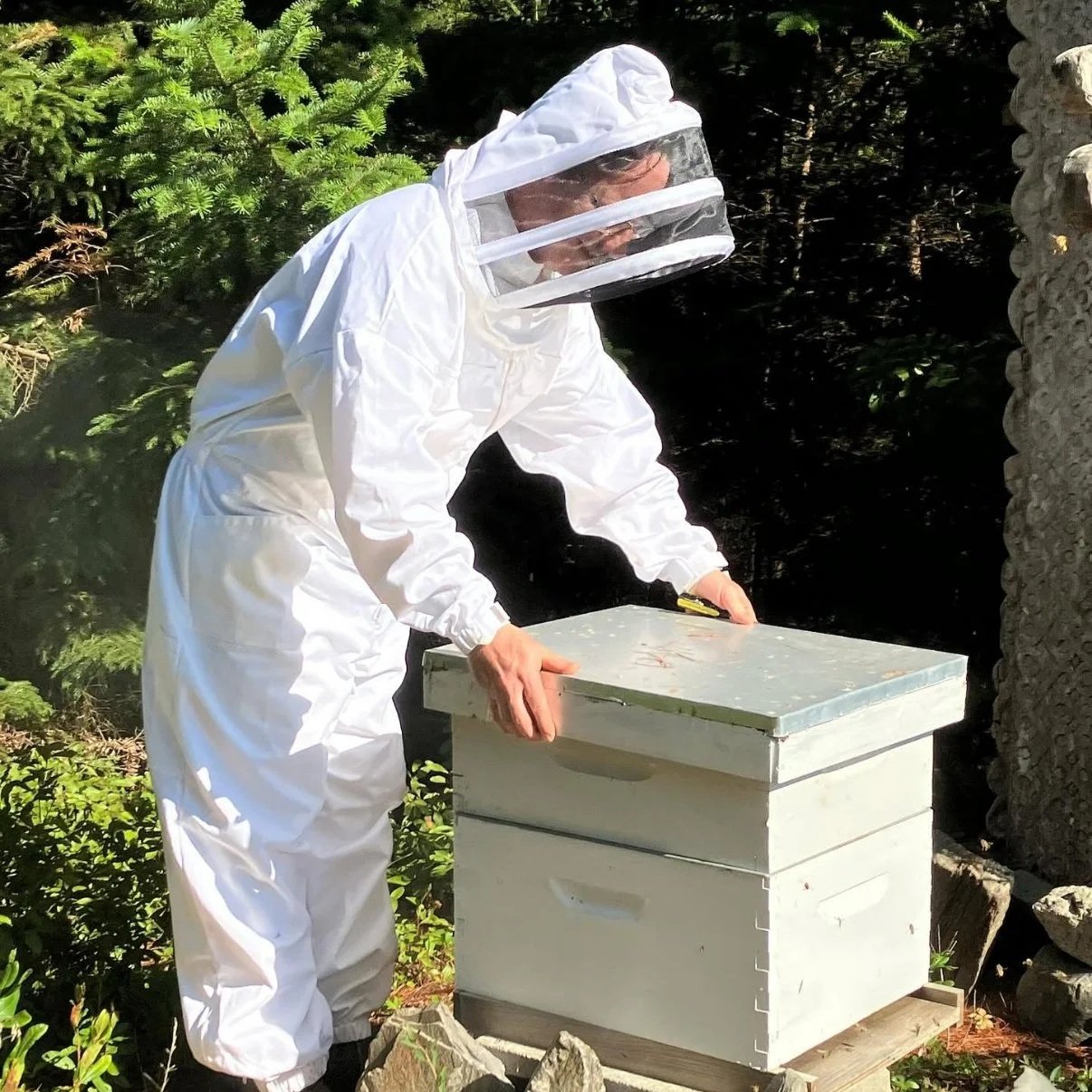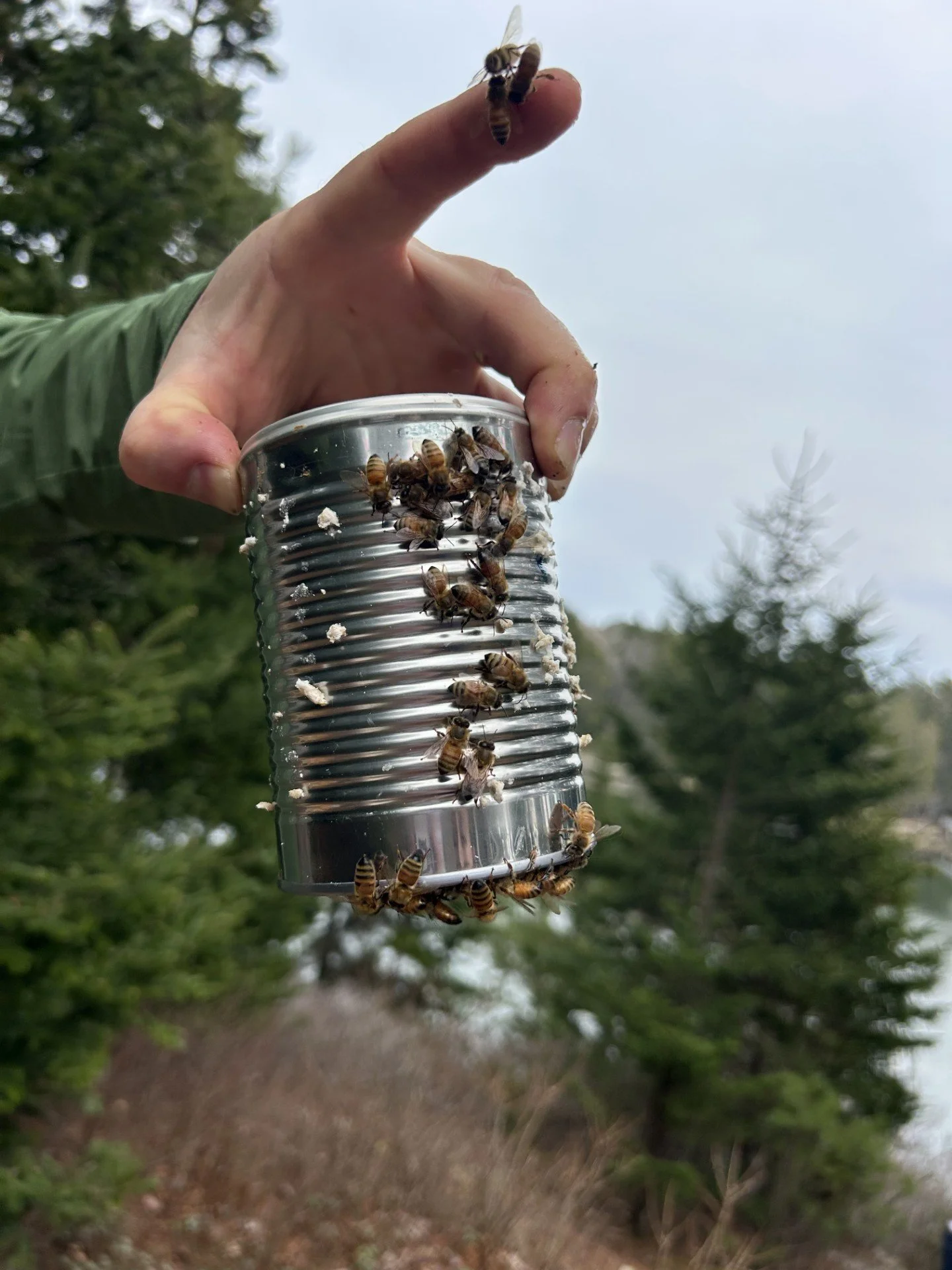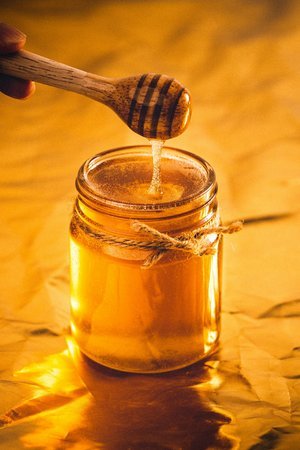BEEcome a Beekeeper
/Winter is the perfect time to begin your beekeeping journey.
Do what we did - check into your local Adult Continuing Education programs, local Beekeeping organizations or your local Honey Store and sign up for a class. Not only will the classes give you valuable advice but they will help give you the confidence it takes to help take the plunge.
By keeping even a single hive, you help strengthen the local pollination networks that benefit the gardens, farms and ecosystems around you.
Beyond the environmental benefits, beekeeping simply brings joy. It pulls you outside and gets you to slow down. You learn to observe the seasons, listen to the hive and appreciate the small miracles happening in your own backyard.
It has never been easier to start as equipment is readily available to order online.
Armed with your newly acquired knowledge, you can have your hive (or hives!) ready for when your new ladies arrive in early spring.
The bees need you, don't keep them waiting another year.












